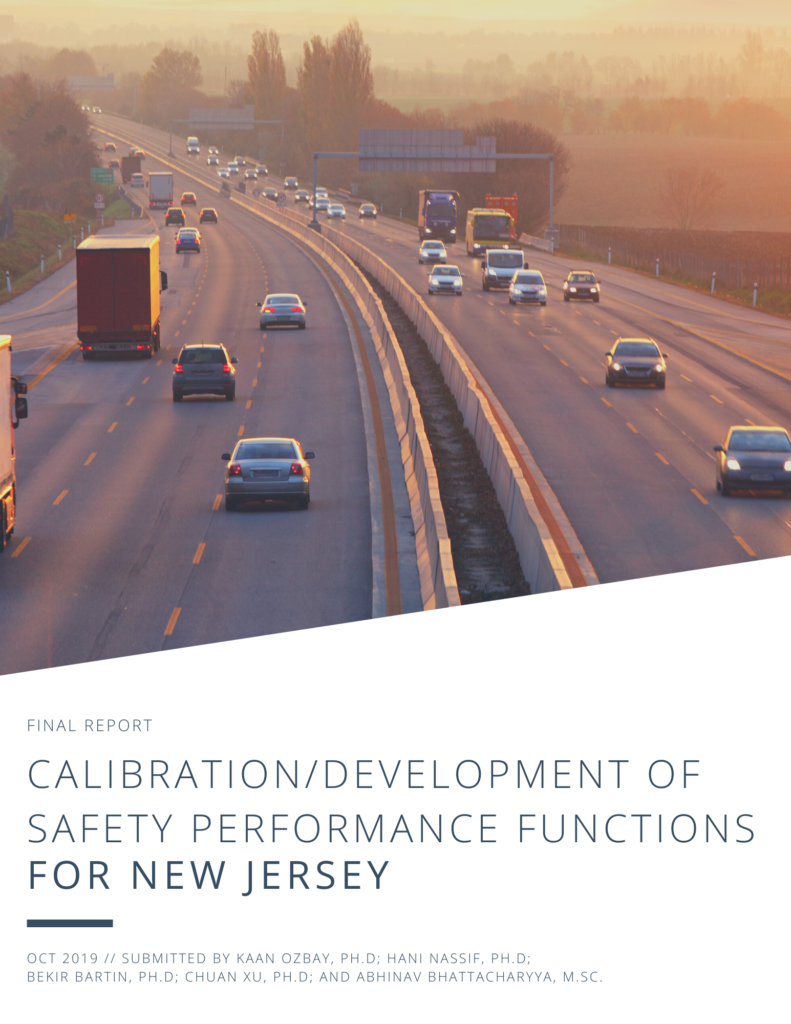Overview
Highway transportation has been the backbone of mobility and economic development in the U.S. and throughout the world, yet motor vehicle crashes have always been a leading safety issue on our roadways. By relying on the abundant data sources related to traffic and motor vehicle crashes, state department of transportation (DOT) agencies have been utilizing science-based and state-of-the-practice methods and approaches to determine the causes of crashes and make reliable decisions on how to reduce their numbers. in order to assist transportation agencies to integrate safety into their decision making processes, the Highway Safety Manual (HSM) was published in 2010, providing a comprehensive approach and a set of analytical tools and methods for the integration of safety considerations into highway planning, design, operations, and maintenance.
The predictive model provided by the HSM is based on the Safety Performance Function (SPF), which is a statistical regression model based on observed crash data from similar facility types and estimates the predicted average crash frequency for the base conditions. The estimate can also be categorized by crash severity or collision type distribution. To account for differences between the base conditions and the specific conditions of the facility site, crash modification factors (CMFs) are utilized to adjust the prediction to account for the geometric design and traffic control features of the specific site. SPFs in the HSM were developed using historic crash data collected over a number of years at sites of the same facility type in various states. Because the SPFs provided in the HSM were developed using data from different states, it is more than likely that they cannot be transferred directly for use in other locations and times. Thus, HSM’s predictive model often needs to be calibrated to capture local state or geographic conditions.
This project, sponsored by NJDOT, seeks to address this issue and make the SPFs better accommodate the local data.
Research Objectives
The main objective of this research project is to (1) calibrate the SPFs provided in the HSM using New Jersey (NJ) data and (2) develop new NJ-specific SPFs as appropriate. The facility types considered for this research project include segments and intersections of rural two-lane two-way, rural multilane, and urban and suburban roads. The following tasks were completed to achieve the main project objective:
- Conducted an in-depth review of the relevant studies in the literature
- Identified the key sources of data required for calibration and development of SPFs. These include roadway characteristics data, traffic volume data, and crash data.
- Developed a computer code to read and process the compiled database to (a) filter out inconsistent data entries, (b) identify facility types, (c) execute roadway segmentation process, (d) assign crash statistics for each facility, and (e) generate a complete database for each facility type to be used in calibration and/or development of SPFs.
- Provided recommendations to improve data collection and recording practices that would facilitate easier data extraction required for the SPF calibration/development process.









